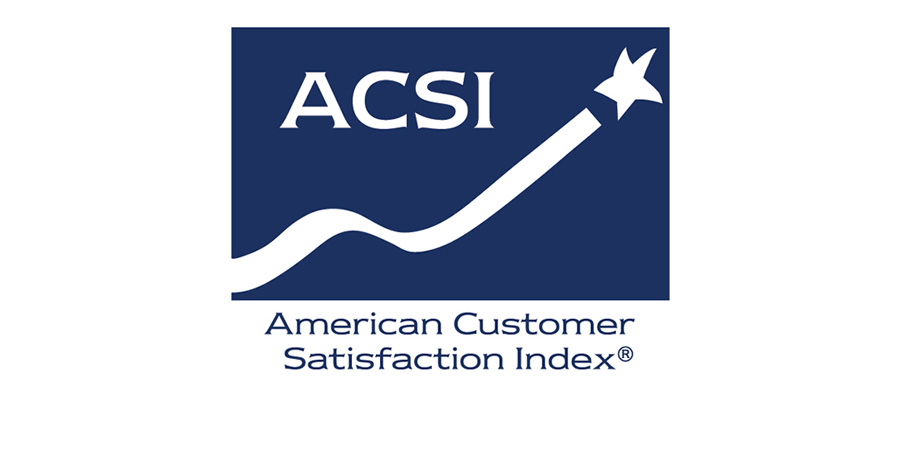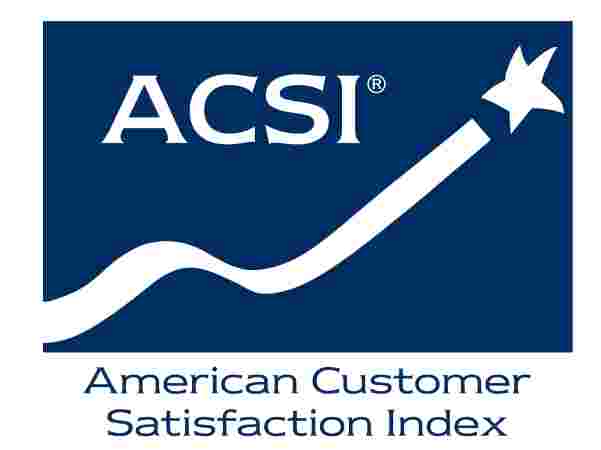
INTRODUCTION
Financial returns from an effective measurement program are the result of optimizing investments in customer satisfaction, that is, avoiding both under investment and over investment in performance improvement. The operational questions thus become “How do you avoid under investing when performance improvements are expensive and there appears to be no potential for a return in customer satisfaction?” and “At what point should a company stop investing in performance improvements because there is no real additional return available (customers cannot buy more and they can not be more loyal)?”
The reality is that customers do not respond in a linear fashion to the improved performance of a product or service provider. Very rarely do we see, across a wide spectrum, consistent company performance improvement met by consistently more favorable customer behavior. In fact, most customer behavior is impacted by non-linear diminishing returns. In this context, exceeding customer expectations may sound like a good goal but does not make good business sense. The provider gains little or no return on customer satisfaction investments and misses the opportunity for better returns elsewhere.
CONCLUSION
Even – perhaps especially – the most successful customer satisfaction programs may not be delivering optimum returns on investment. Understanding areas of over and under investment in performance improvement requires insight into the mind of the customer and the complexities of customer behavior. This, in turn, can result in improved customer satisfaction, a greater return on investment, and a strengthening of overall competitiveness. Gaining these insights does not necessarily require throwing out all of a company’s existing measurement data. Rather, it involves the sophisticated use of psychometric and measurement principles. Applying advanced statistical techniques and expertise to an existing measurement program often will bring to light insights that are hidden by traditional measurement approaches. If the goal is to use customer satisfaction information to improve business outcomes, it is important to recognize that optimizing customer satisfaction, not maximizing customer satisfaction, leads to maximizing financial results.
Other Resources
- Date
- December 12, 2017
center Description You probably already have a very good idea of what drives customer satisfaction. Customer service professionals can generally create surveys that, on the surface, […]- Date
- March 13, 2017
center How to Ensure Long-Term Profitability through Customer Satisfaction icon Description In today’s competitive marketplace, customer satisfaction is critical to long-term profitability. Customers whose needs and […]- Date
- March 13, 2017
center Description Applying the American Customer Satisfaction Index (ACSI) Technology to the Management of Government Services: Rationale, Rigor and Results The Government Performance and Results Act […]- Date
- March 12, 2017
center Description CFI Group Delivers American Customer Satisfaction Index (ACSI) Methodology: National Measure of Quality and Predictor of Corporate Performance Established in 1994, the American Customer […]







